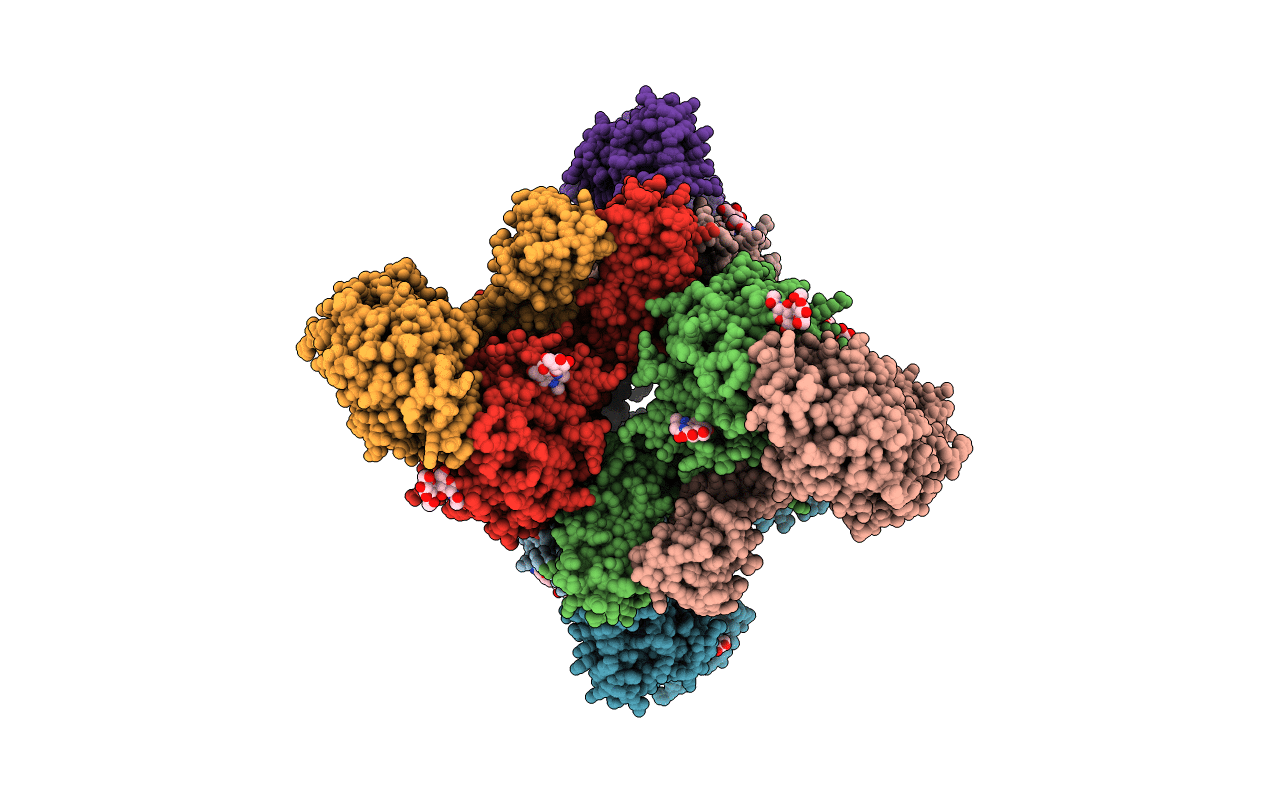
Deposition Date
2009-10-11
Release Date
2010-01-12
Last Version Date
2024-11-20
Method Details:
Experimental Method:
Resolution:
3.95 Å
R-Value Free:
0.37
R-Value Work:
0.35
R-Value Observed:
0.35
Space Group:
P 21 21 21


